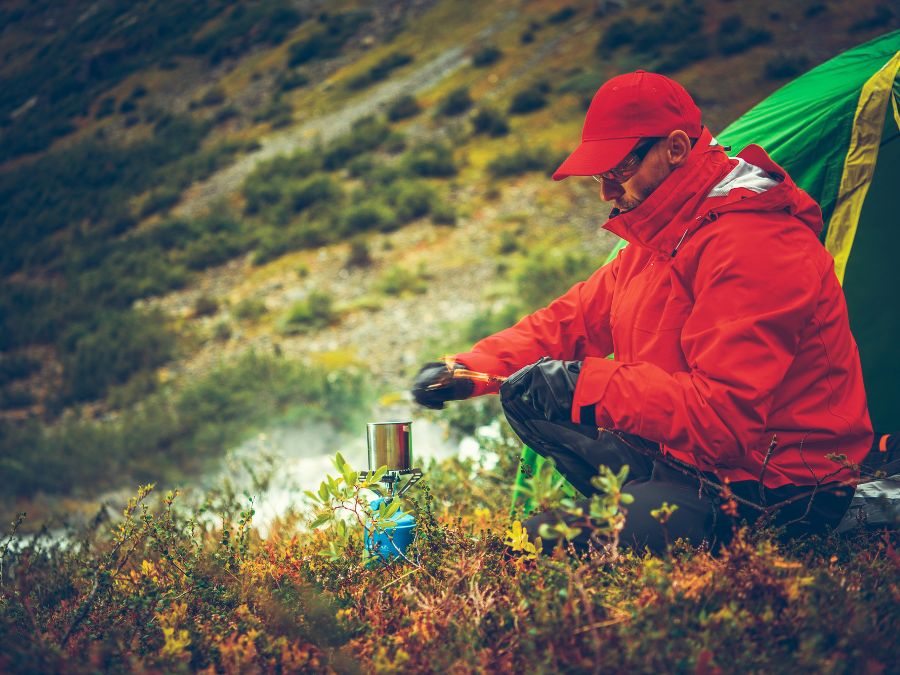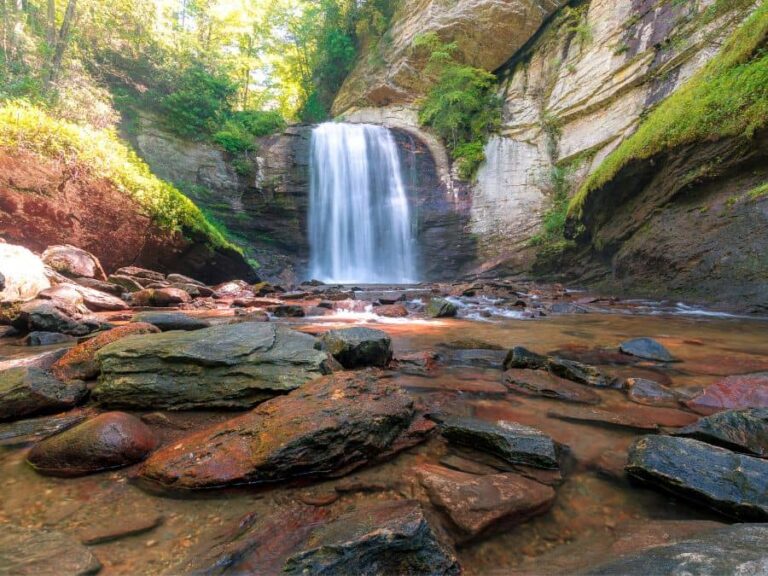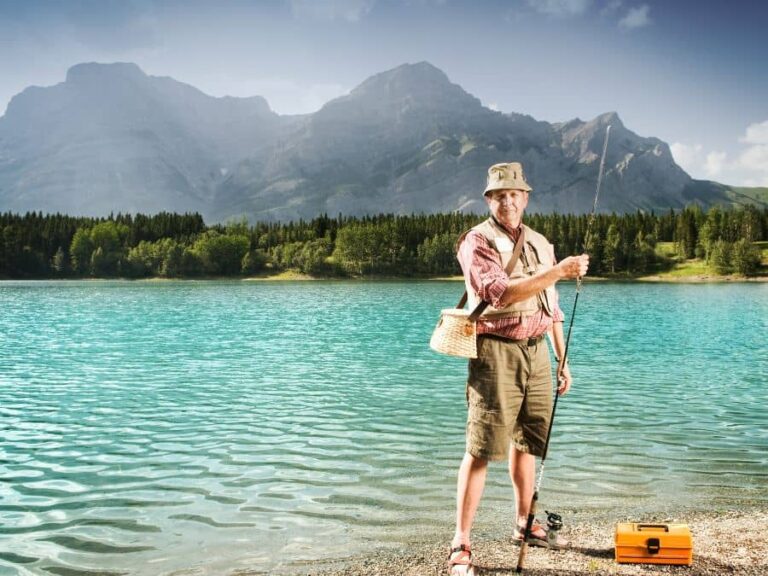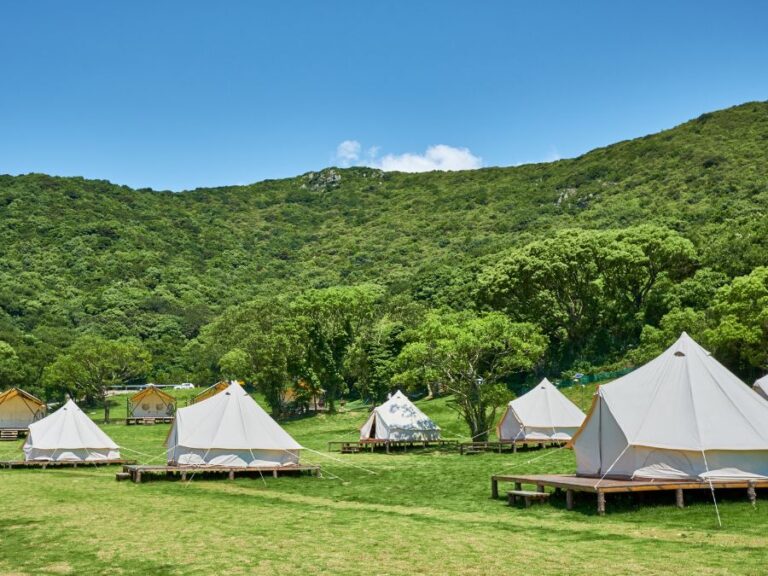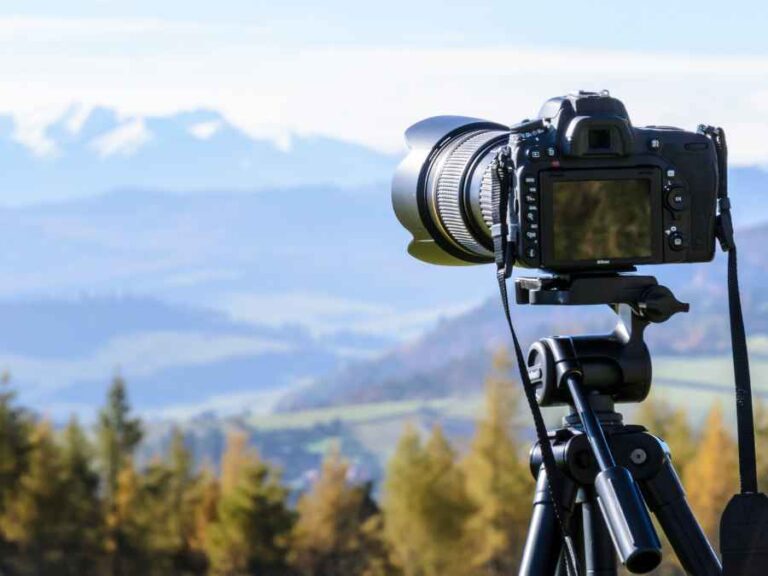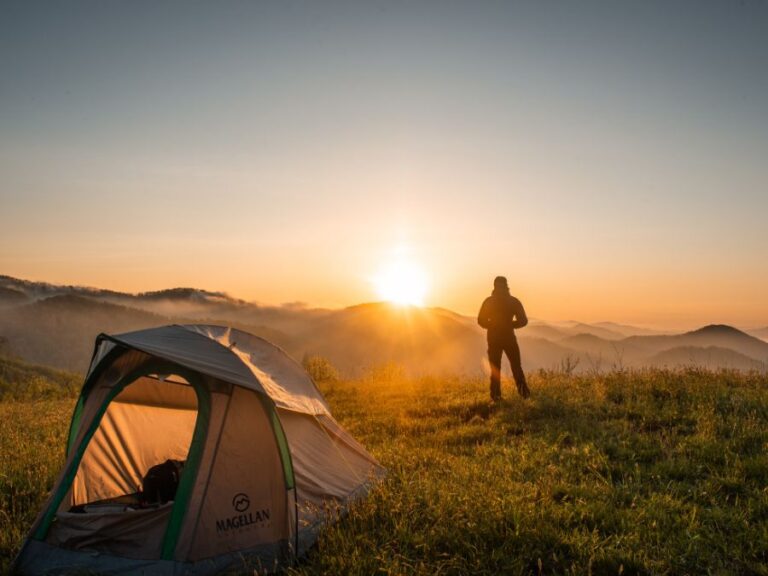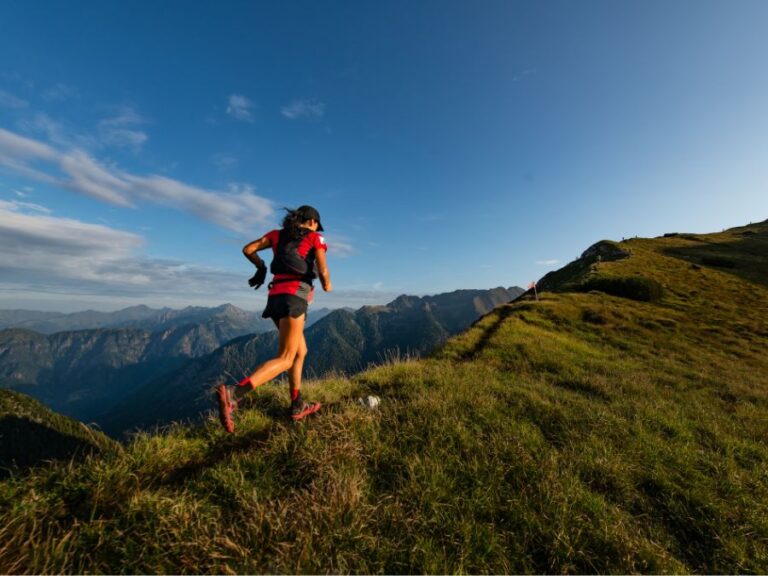Into the Wild: The Ultimate Guide to Surviving in the Wilderness
Introduction
The Importance of Survival Skills in the Wilderness
Surviving in the wilderness is a challenge that requires specialized skills and knowledge. Whether you are an avid outdoorsman, a backpacker, or simply someone who enjoys spending time in nature, it is important to be prepared for emergencies and unexpected situations.
Being stranded in the wilderness without food, water, or shelter can quickly become life-threatening if you don’t know how to survive. The importance of survival skills cannot be overstated.
Knowing how to find water sources, build shelters, start fires, navigate unfamiliar terrain, and identify edible plants and animals can mean the difference between life and death. Even if you are only planning a short hike or camping trip, it is crucial to be equipped with these basic survival skills.
Overview of Key Concepts and Principles
Survival in the wilderness involves more than just physical skills; mental toughness and emotional resilience are also critical components. In this article, we will cover not only the basic techniques for finding food and water but also advanced strategies for hunting larger game and creating tools from natural materials.
Additionally, we will discuss emergency medical care techniques as well as strategies for coping with stress and maintaining a positive attitude in difficult situations. By developing these essential wilderness survival skills along with mental preparedness techniques such as positive self-talk and visualization exercises before setting out on your next adventure into nature’s wonderland can provide an added sense of security while allowing you to enjoy all that nature has to offer without fear or trepidation.

Basic Survival Skills
Finding and Purifying Water Sources: The Key to Staying Hydrated in the Wild
One of the most crucial elements of survival in the wilderness is finding a reliable source of clean water. Without it, dehydration can set in quickly, leading to fatigue, dizziness, and even death.
Luckily, there are several methods for locating water sources in the wild. Firstly, look for signs of water such as animal tracks or green vegetation which could mean that there is an underground source nearby.
Additionally, search for low-lying areas or valleys where water may collect after rainfall. It’s also important to purify any found water source through boiling or using a portable filter to avoid bacteria and viruses that can cause illnesses.
Building Shelter: Staying Safe from Extreme Weather Conditions
The ability to create shelter from natural materials like branches and leaves is another essential skill when it comes to surviving in the wilderness. A good shelter will protect against harsh weather conditions like rain and wind while providing warmth during cold nights.
A basic shelter can be constructed by leaning long sticks against a tree trunk or creating a lean-to by placing branches at an angle against a sturdy base. Using natural materials such as leaves or pine needles for insulation will also provide additional warmth during colder nights.
Navigation Techniques: Finding Your Way Without Modern Technology
Navigating through unfamiliar terrain without modern technology is undoubtedly challenging but not impossible with some practice. Learning how to read maps and use a compass correctly are two fundamental skills one needs to navigate through different terrains.
Understanding topography by identifying landmarks like mountains, rivers, cliffs and valleys will allow you to understand where you stand within your surroundings without getting lost. Additionally learning natural indicators like moss growing on trees which point towards north make navigation easier.
Overall these basic survival skills are critical tools needed to survive in the wild. They can be the difference between life and death in an emergency situation.
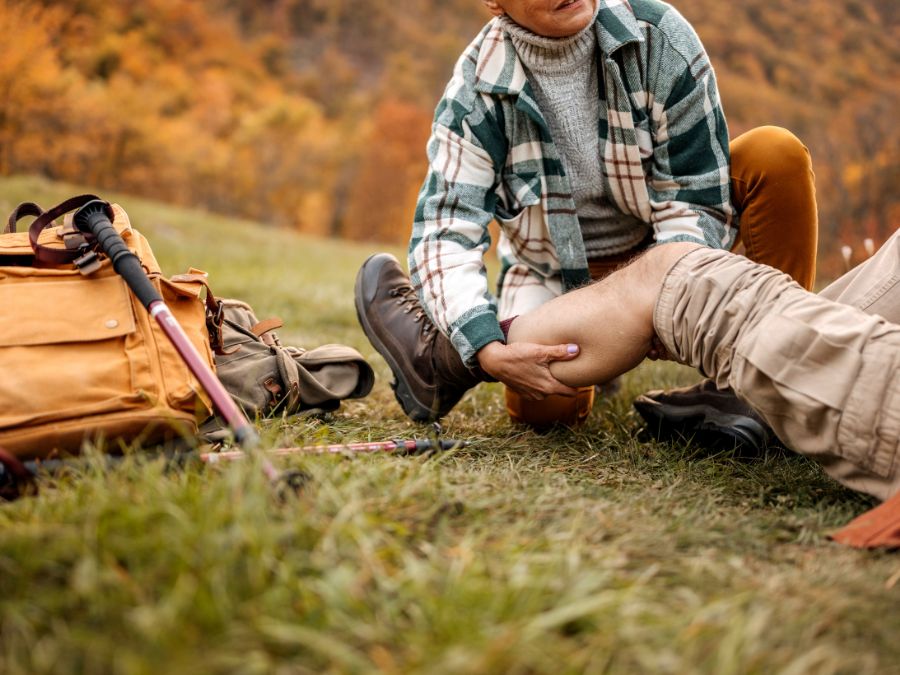
First Aid and Medical Emergencies
Identifying Common Injuries and Illnesses
When faced with a medical emergency in the wilderness, it’s important to have a basic understanding of the most common injuries and illnesses that can occur. These can include cuts, bruises, sprains, fractures, burns, dehydration, and hypothermia. It’s also important to be aware of potential risks from wildlife or poisonous plants in the area.
One of the most common injuries is cuts and scrapes. In order to prevent infection in these types of wounds, it’s crucial to clean them thoroughly with soap and water before applying a bandage or other protective covering.
Bruises can also be painful but are generally less serious than cuts or fractures. Applying ice or a cold compress can help reduce swelling and alleviate pain.
Fractures are more serious injuries that require immobilization until professional medical attention is available. Building a splint out of materials such as sticks or branches can help stabilize the affected area until help arrives.
Administering Basic First Aid
Knowing how to administer basic first aid can make all the difference in an emergency situation. Basic first aid techniques include CPR (cardiopulmonary resuscitation) for cardiac arrest, controlling bleeding with pressure or tourniquets for severe wounds, and treating burns with cool water or aloe vera gel.
It’s important to keep a well-stocked first aid kit on hand while exploring remote areas. The kit should include supplies such as bandages, gauze pads, adhesive tape, antiseptic wipes/solution/ointment/powder/spray/cleanser/swabsticks/cream/lotion/gel/inhalant/liquid; blister treatment products; burn treatment products; cold packs; cotton-tipped applicators; gloves; hand sanitizer gel/wipes/spray/foam; a first aid manual; scissors; tweezers; and a thermometer.
Creating Makeshift Medical Supplies
In the event that you do not have access to a first aid kit, or if supplies run out, it’s important to be able to create makeshift medical supplies using natural materials in the surrounding environment. For example, moss can be used as a natural wound dressing due to its absorbent properties.
You can also use spiderwebs or duct tape as a substitute for medical tape. If you are experiencing gastrointestinal issues, charcoal from your campfire can be safely consumed with water to help alleviate symptoms of food poisoning or other digestive issues.
Certain plants such as yarrow and plantain have medicinal properties that can alleviate pain and inflammation when applied topically. Remember, while basic first aid skills are crucial in emergency situations, seeking professional medical attention should always be the ultimate goal when possible.
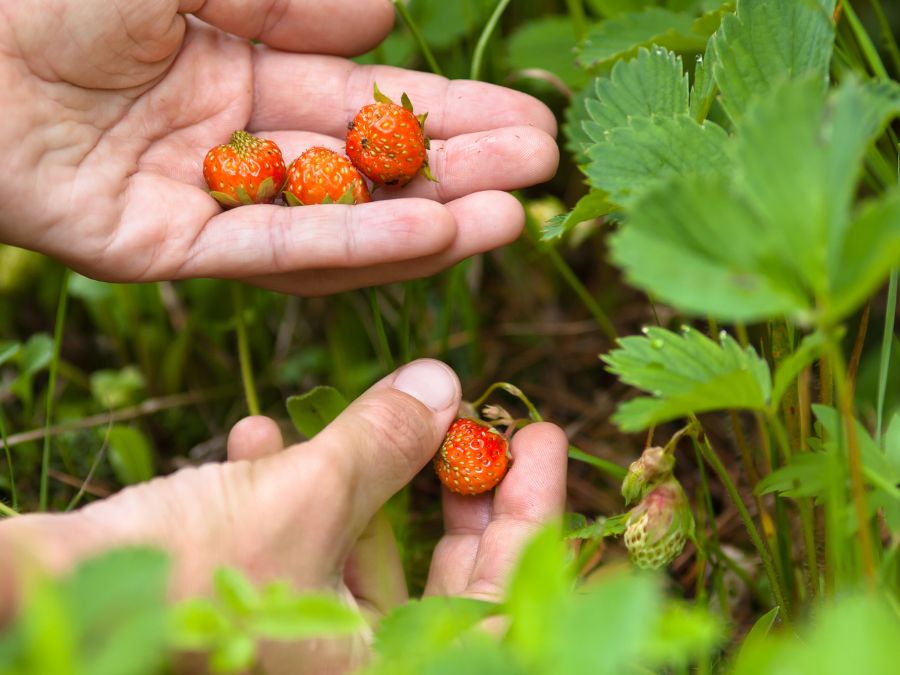
Food Gathering and Preparation
Identifying Edible Plants, Fruits, and Nuts: A Beginner’s Guide
One of the primary concerns when trying to survive in the wilderness is food. It is essential to have a basic understanding of plants, fruits, and nuts that are safe to eat. Some common edible plants include dandelions, cattails, wild onions, and wild garlic.
However, it is important not to eat anything unless you are certain it is safe for consumption. Remember the old adage: “When in doubt, throw it out.”
Another essential skill is learning how to identify edible fruits and nuts that may be growing nearby. Some popular examples include blackberries, raspberries, apples, acorns (when properly processed), walnuts, and hazelnuts.
Hunting, Trapping & Fishing Techniques: The Art of Sustenance
Hunting or trapping can provide an excellent source of protein for survival in the wilderness. The most common animals hunted or trapped for food include rabbits and squirrels; however larger game such as deer may also be targeted if possible.
Fishing can also provide a significant source of food in a wilderness emergency situation. Techniques for catching fish vary considerably depending on your surroundings and available resources but commonly used fishing methods include using nets or traps.
Cooking Methods for Wilderness Survival: Hot Meals Even When You’re Cold
Knowing how to cook your food is just as important as knowing how to catch it! There are several different methods you can use when cooking outdoors including roasting over an open flame or hot coals using a spit or skewer; frying with oil over a camp stove; boiling with water (for soups or stews); baking in foil (for potatoes or vegetables).
It’s important not to burn your food because this will decrease its nutritional value. Instead, try to cook your food slowly over a low heat.
Survival in the wilderness is all about being prepared for the unexpected and knowing how to use your basic instincts to stay alive. Food gathering and preparation is an essential part of wilderness survival and mastering these skills can make the difference between life and death.

Advanced Survival Techniques
Building Traps for Larger Game: The Art of Snares and Deadfalls
Being able to trap larger game can be the difference between life and death in a survival situation. Snaring and deadfalling are two common methods for catching animals. A snare is simply a noose made from cordage or wire that tightens around an animal’s neck or leg, while a deadfall is a heavy object that crushes the animal.
Both methods require careful planning and execution to be successful. The key to building snares is finding good locations where animals are likely to pass by, such as game trails or near water sources.
Making sure the noose is set at the right height and size for the target animal is also crucial. Deadfalls require more effort to build as they involve constructing a large weight from natural materials such as rocks or logs.
Creating Tools from Natural Materials: The Art of Crafting
Crafting tools from natural materials is essential for survival in the wilderness. Knowing how to make use of available resources such as branches, vines, and animal bones can help you create tools like knives, spears, and fishing hooks. To make a knife, you can use rock shards or flint to create sharp edges on wood or bone handles.
For spears, find sturdy wood branches that can be sharpened into points with flint knives or rocks. Fishing hooks can be made out of bone by carving small notches that will hold bait in place.
Surviving Extreme Weather Conditions: Mastering Adaptation
Surviving extreme weather conditions requires adaptability and resourcefulness as well as knowledge of the environment you’re in . In cold environments creating insulated shelters using natural materials like snow banks mixed with dried grass/hay could be helpful .In hot environments making use of shade and evaporation to stay cool can be crucial. In addition, knowing how to start a fire in any weather condition is key.
Fire provides warmth, light, and the ability to cook food and boil water. In rainy conditions, it’s important to have waterproof matches or a fire starter kit that can withstand moisture.
Advanced survival techniques require a deeper understanding of the environment and how to make use of its resources. Building traps for larger games requires careful planning and execution while crafting tools from natural materials requires creativity and resourcefulness.
Surviving extreme weather conditions requires adaptability and knowledge of the environment you’re in. With these skills under your belt, you’ll be much better equipped for any wilderness emergency situation that may arise.

Mental Preparedness
Maintaining a Positive Attitude in Emergency Situations
When you’re stranded in the wilderness, it’s easy to feel overwhelmed and hopeless. However, maintaining a positive attitude is key to survival.
Focus on the fact that help is on the way and visualize yourself being rescued. This can help keep your spirits up and keep you motivated to stay alive.
Another way to maintain a positive attitude is to find joy in the small things. Take pride in building a shelter or starting a fire without matches.
Celebrate every little accomplishment, no matter how small it may seem. This will help boost your confidence and give you a sense of purpose.
Coping with Stress, Fear, and Anxiety
In an emergency situation, it’s normal to feel stressed, fearful, and anxious. However, it’s important not to let these emotions take over. One technique for coping with stress is deep breathing exercises.
Inhale deeply through your nose for four seconds and exhale through your mouth for six seconds. Fear can be paralyzing but acknowledging that fear is natural can be helpful when trying to overcome it.
Practice visualization techniques where you imagine yourself successfully dealing with different scenarios that may cause fear in order to gain confidence. Anxiety can be relieved by staying organized; make sure you have a plan of action if something goes wrong so there are no surprises when things get tough.
Developing Resilience in the Face of Adversity
Resilience is the ability to bounce back from difficult situations stronger than before. To develop resilience during an emergency situation, focus on taking control over what you can control rather than getting stuck on what cannot be controlled or changed.
Additionally, by focusing on the present moment rather than worrying about future events or mistakes made during past events will give one more control over their thoughts and emotions. This will allow you to calmly make rational decisions which will improve your chances of survival.
Remember the old saying: “what doesn’t kill you makes you stronger”. As difficult as it may seem at the moment, use this crisis as an opportunity to grow and learn from the experience.
Conclusion
Recap of Essential Skills for Wilderness Survival
Surviving in the wilderness is no easy feat. It requires a combination of skills and knowledge that can only be achieved through practice and experience. Key skills include finding and purifying water, building shelter, starting fires, navigating in the wilderness, administering basic first aid, gathering and preparing food, using advanced survival techniques, and maintaining mental preparedness.
By mastering these skills, you can greatly increase your chances of survival in an emergency situation. One of the most important things to remember when it comes to wilderness survival is that preparation is key.
Before embarking on any outdoor adventure or trip into the wilderness, make sure you are well-equipped with all the necessary supplies. This includes a first aid kit, extra food and water rations, appropriate clothing and gear for the weather conditions you may encounter, navigational tools such as maps or a compass, fire-starting materials such as matches or a lighter, and tools for gathering food such as fishing gear or traps.
Encouragement to Practice These Skills Regularly
In order to truly master these essential skills for wilderness survival, it’s important to make practicing them a regular part of your life. This means taking the time to go on camping trips or other outdoor adventures where you can put your skills into action. But even if you don’t have immediate plans for a camping trip or other outdoor adventure, there are still ways to practice these skills in everyday life.
For example, take some time each week to go on nature walks where you can practice identifying different plants and trees. Try building shelters in your backyard using natural materials such as branches or leaves.
Experiment with different fire-starting techniques using only natural materials like dry grasses or sticks. By making these essential survival skills a regular part of your life – even when not actually facing an emergency situation – you can build your confidence, hone your abilities, and increase your chances of surviving any wilderness emergency that may come your way.
A Final Word
In the end, learning the science of survival is about more than just being able to make it through a wilderness emergency. It’s about developing a deep connection with nature and learning to appreciate the beauty and resilience of the natural world.
By mastering these essential skills, you can gain a new sense of confidence and self-sufficiency that will serve you well not just in an emergency situation, but in all areas of life. So don’t wait – start practicing today!

